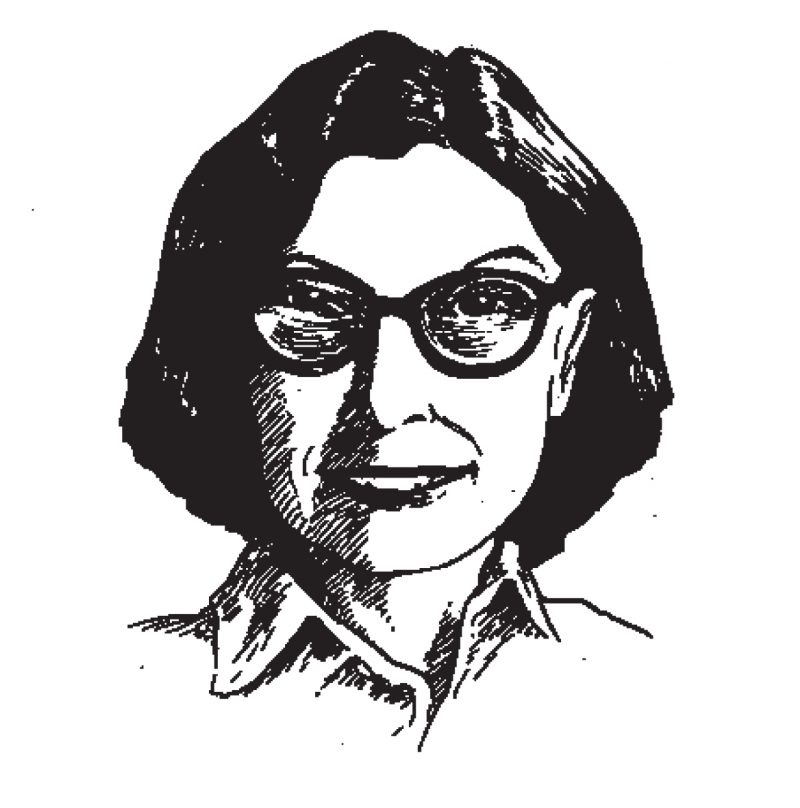“Every journalist who is not too stupid or too full of himself to notice what is going on knows that what he does is morally indefensible,” Janet Malcolm writes at the opening of The Journalist and the Murderer in the kind of fierce statement that has earned her a reputation as an unswerving truth-teller. Like many of Malcolm’s other nonfiction works, this book, published in 1990, takes a specific event (a murderer suing a journalist) and unpacks it so extensively that the work illuminates a larger topic—in this case, the complex psychological dynamics at the heart of the art of journalism.
Malcolm, who has been publishing pieces that seamlessly combine essay and reportage in the New Yorker since the late seventies, has written eight books, spanning such topics as the politics and pitfalls of the field of psychoanalysis (Psychoanalysis: The Impossible Profession, 1981), the problem of biography seen through the lens of Sylvia Plath (The Silent Woman, 1994), and a meditation on the life and work of Chekhov (Reading Chekhov, 2001). Others include In the Freud Archives (1984) and The Crime of Sheila McGough (1999), as well as two collections of essays, The Purloined Clinic (1992) and Diana and Nikon (1980, expanded in 1997). What grabs and regrabs the reader in her writing is its deft commingling of sleuthing and contemplation. Reading Malcolm, one has the sensation of being in the presence of a mind constantly in action on several levels, mediating between external reality (one most often consisting of facts that are at odds with one another) and her own consciousness. With the exception of The Purloined Clinic, none of her books is much more than two hundred pages, but the rigor of her writing gives them the quality of murals painted by a miniaturist.
Malcolm can be unsparing in her portrayals of the people she comes across, but her extraordinary precision does not preclude compassion. Occasionally, Malcolm’s subjects damn themselves, but more often they reveal the vanities, obsessions, and desires that we all share—if to a heightened degree.
Currently at work on a book about Gertrude Stein and Alice B. Toklas, Malcolm corresponded with me by email between March and June of this year.
—Daphne Beal
THE BELIEVER: It’s interesting that we’re doing this interview by email, because one of the phrases that’s long been in my head is your description from The Silent Woman of letters written today on computers as being “marmoreally cool and smooth,” in contrast to letters from previous decades written on manual typewriters. Correspondence plays such a large role...
You have reached your article limit
Sign up for a digital subscription and continue reading all new issues, plus our entire archives, for just $1.50/month.
Already a subscriber? Sign in





